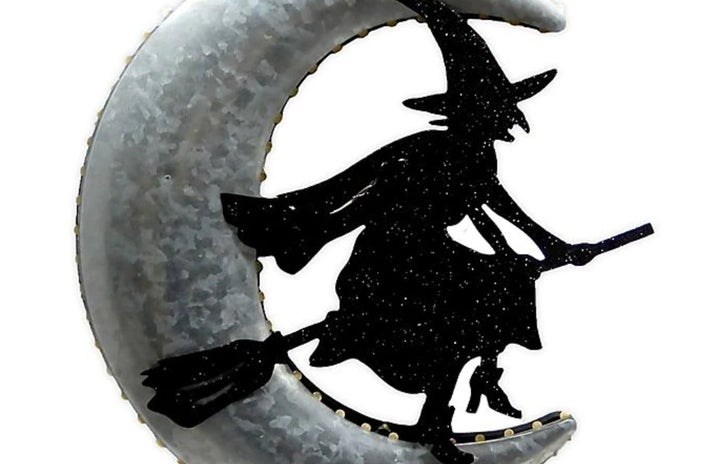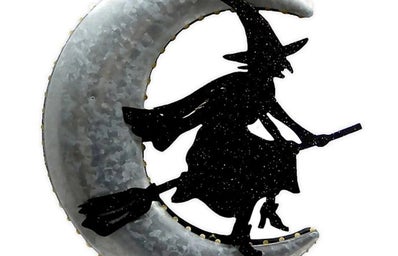In November 2021, an initiative to identify and honour women who were victims of the 17th-century Catalan Witch Trials attracted the attention of regional politicians. The initiative ‘No Eren Bruixes’ has gained cross-party support and is now a bill moving through the Catalan parliament. Once passed, the bill will honour the victims of the Middle-Age femicide in a way that is legally binding. Further to this, the bill intends to revise Catalan street names in honour of the women who were accused, condemned, and executed 300 years ago.
Although the witch trials of the Middle Ages took place across Europe, witch hunt fever was particularly strong across the Iberian Peninsula, and Catalunya was at the heart of this. This makes it both exceptional and overdue that there is overwhelming legislative support for ‘No Eren Bruixes.’
While witch trials took place across the continent, there were nonetheless regional variations in the race against witchcraft. In the case of Spain (at the time more accurately known as the Kingdom of Spain), the fear of witches was intimately bound up with the Inquisition of the 12th century. This period saw the mass expulsion and execution of Jews and Muslims on the grounds of heresy. Four hundred years later, witches would similarly be no exception to Spain’s staunch Roman Catholicism.
It should be emphasised that the medieval understanding of witchcraft is quite different from the modern image of pointy hats and flying on broomsticks. Across Europe the women accused of witchcraft were those of a specific social profile. Above all else, they were outcasts. Unmarried women, widows, those with knowledge of botanicals and healing, those who were not present in their villages or principalities. Life expectancy in the 17th century was significantly shorter, and most people did not live past thirty or 40 years old. In addition to this, death was also imminent – in the form of illness and natural disasters. For this reason, Christianity was an important means to restore a relationship with God that would secure you a place in heaven. Witches were a threat to this. Artwork from this period reveals how witches were understood to be associates of the devil. It follows that living in close proximity to a witch put your afterlife in heaven at great risk.
The focus of No Eren Bruixes is women who were accused and executed of witchcraft. However, in the 17th century ‘witch’ was not a gender-specific term, men and even babies were accused of witchcraft. Nevertheless, it should not be confused that across Europe there were dramatically more women who were victims of the witch trials than any other group. This makes the witch trials one of the worst femicides of history
No Eren Bruixes gained particular attention in March 2021. This marked a particular milestone for the project. Pau Castell Granados, one of the academics working in the initiative, completed a database of the women persecuted in the Catalan witch trials. According to his research, 700 people were accused of witchcraft in Catalunya and Andorra over two centuries. The detail of Granados’ research makes it one of the most authoritative quantitative sources of the European witch trials to date.
The initiative is now moving through the regional parliament in the form of a bill that will finally honour the victims of history by law. It is hoped that the legislation will inspire other initiatives across the continent.
Later this month the project will release a documentary ‘Brujas, La Gran Mentira.’


